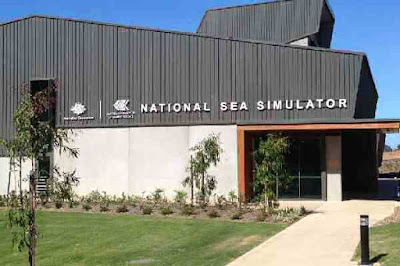personally, I do not fear sharks nor am I protective of them. However, they should be left alone to live their lives their way. Ecotourism is restricting their freedom to roam. Any country that can do it, is doing it to bring in the tourist dollars.
More than eight billion people a year go seeking experiences in supposedly protected areas, which are commercialized. This is like the whole population of the planet trampling over pristine environments, because that is exactly what a high number of visitors do.
Crazy tourists actually swim with sharks. Let's face it, Man is dinner to sharks. This is the rule of things. The dangerous creatures come very close to swimmers. They are becoming domesticated. Note, many dog owners have been attacked by their pet! More, complete strangers have been mauled.
Tourists are affecting the natural selection of sharks. To attract them to tourist boats they are fed. Consequently, they have a better chance of survival. The man eaters are being selected for traits like choosing to be close to people!
◆ Biology by Ty Buchanan ◆
●








